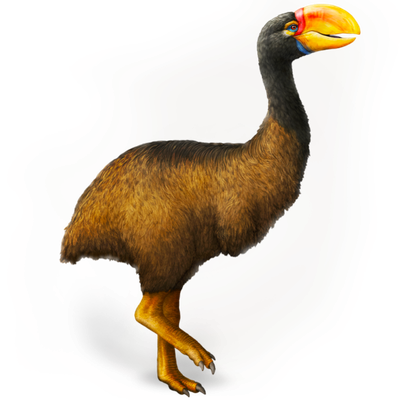Your search returned 12452 results
By Page Type
By Tag
- fish (966)
- blog (696)
- fishes of sydney harbour (401)
- First Nations (299)
- Blog (236)
- AMRI (169)
- archives (164)
- Eureka Prizes (146)
- Aboriginal and Torres Strait Islander (135)
- insect (126)
- Ichthyology (124)
- geoscience (109)
- minerals (102)
- climate change (100)
- podcast (94)
- Fish (91)
- Anthropology (89)
- International collections (80)
- Minerals Gallery (78)
- wildlife of sydney (78)
- Labridae (77)
- frog (74)
- gemstone (70)
- history (64)
- photography (64)
- Mollusca (60)
- gem (59)
- staff (59)
- Birds (56)
- Gems (56)
- Indonesia (56)
- education (56)
- shark (55)
- AMplify (54)
- people (53)
- earth sciences (50)
- past exhibitions (50)
- exhibition (49)
- Gobiidae (48)
- sustainability (46)
- Pomacentridae (45)
- Serranidae (44)
- lifelong learning (42)
- science (42)
- Earth and Environmental Science (41)
- Syngnathidae (41)
- Ancient Egypt (40)
- Bali (40)
- bird (40)
- dangerous australians (40)
-
Whale poo and climate change
https://australian.museum/learn/first-nations/burra/whale-poo-climate-change/Learn how the connection between whales and climate change reach far and wide across Country.
-
Listening to Country
https://australian.museum/learn/first-nations/burra/listening-to-country/We are all connected to Country so it is important to understand how everything works and notice when patterns change.
-
2022 Australian Museum Eureka Prizes finalists
https://australian.museum/get-involved/eureka-prizes/eureka-prizes-archive/2022-eureka-prizes-finalists/The Australian Museum has announced the 45 finalists shortlisted for 14 Australian Museum Eureka Prizes.
-
ਸਿਆਣੇ ਘਰ (ਕਲੈਵਰ ਹੋਮਜ਼)
https://australian.museum/learn/climate-change/climate-solutions/clever-homes-pa/ਆਪਣੇ ਆਪ ਵਾਸਤੇ ਅਤੇ ਆਪਣੇ ਗ੍ਰਹਿ ਵਾਸਤੇ ਸਿਹਤਮੰਦ ਭਵਿੱਖ ਦਾ ਨਿਰਮਾਣ ਕਰਨ ਵਿੱਚ ਮਦਦ ਕਰਨ ਲਈ ਅਸੀਂ ਘਰ ਵਿਖੇ ਬਹੁਤ ਕੁਝ ਕਰ ਸਕਦੇ ਹਾਂ।
-
Planting indigenous foods
https://australian.museum/learn/climate-change/climate-solutions/caring-for-country/planting-indigenous-foods/Bush food such as lemon myrtle, native bush mint and warrigal greens has been an integral part of life for well over 60,000 years.
-
Reflections from Mark McGrouther
https://australian.museum/about/history/people/oral-history-mark-mcgrouther/Working at the Australian Museum as the Collection Manager of the Fish section over the span of nearly forty years, Mark McGrouther discusses his career highlights, the importance of museum collections and impact of climate change on ecology.
-
A First Nations lens on glass in Australia
https://australian.museum/learn/first-nations/first-nations-glass/As a Waanyi descendant, I am proud to be a part of the longest living cultures in Australia and have had the opportunity to highlight a small part of First Nations knowledges and their place in National Science Week 2022.
-
How do minerals form?
https://australian.museum/learn/minerals/what-are-minerals/how-do-minerals-form/Minerals form in a variety of different ways. Minerals start as atoms moving randomly in a fluid.
-
Excellence in Botanical Science
https://australian.museum/get-involved/eureka-prizes/enter/botanical-science/The Eureka Prize for Excellence in Botanical Science is presented by the Australian Institute of Botanical Science.
-
Sustainability Research
https://australian.museum/get-involved/eureka-prizes/enter/sustainability-research/The Eureka Prize for Sustainability Research is presented by the University of Sydney Faculty of Science
-
Discover more
2025 Australian Geographic Nature Photographer of the Year
Special exhibition
Free entry
Now open -
Discover more
Unfinished Business
Special exhibition
Free entry
Now open -
Find out more
Surviving Australia
Permanent exhibition
Free entry
Now open![]()
-
Find out more
Burra
Permanent kids learning space
Free entry
10am - 4.30pm![]()
-
Discover more
Minerals
Permanent exhibition
Free entry
Open daily![]()





